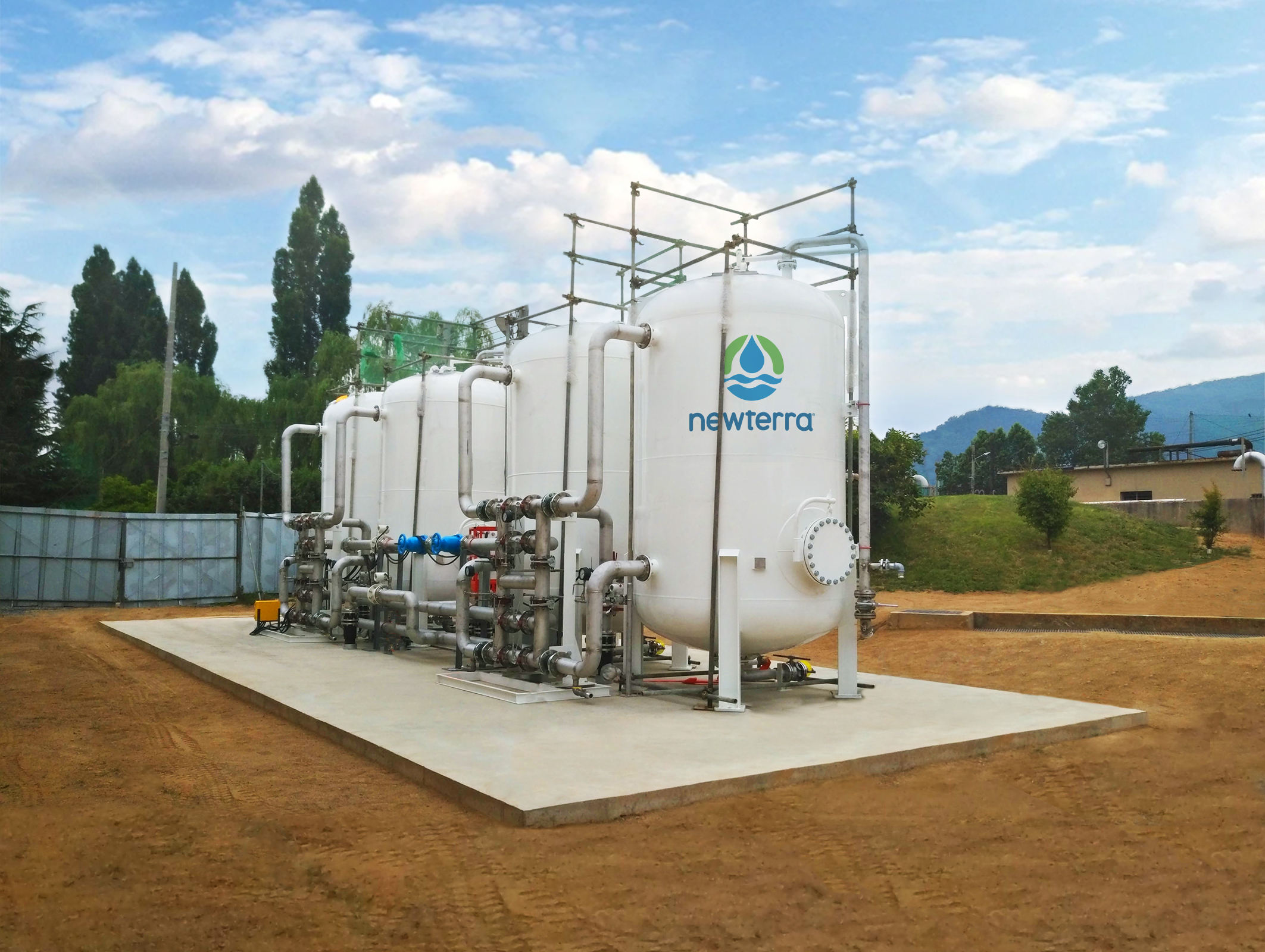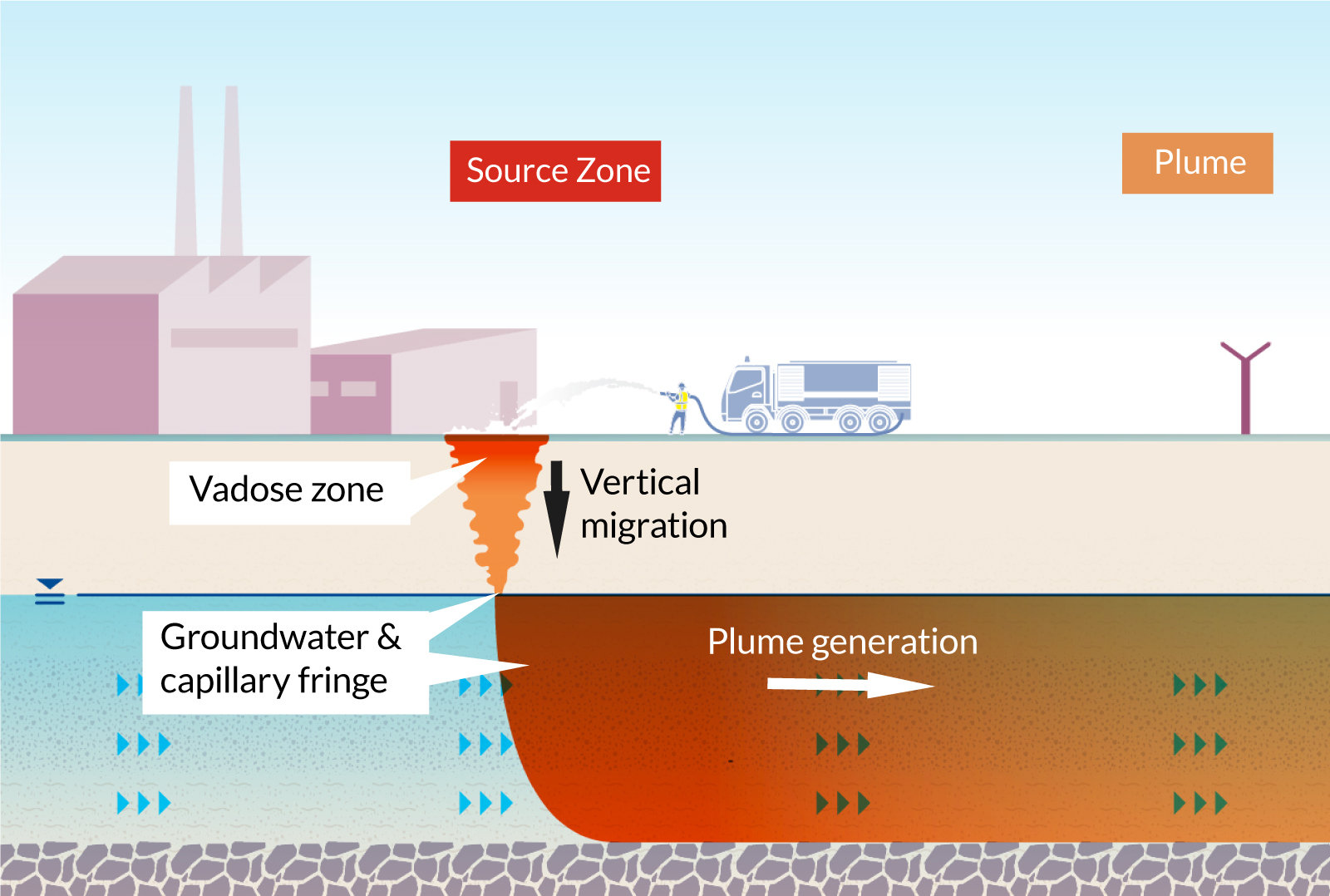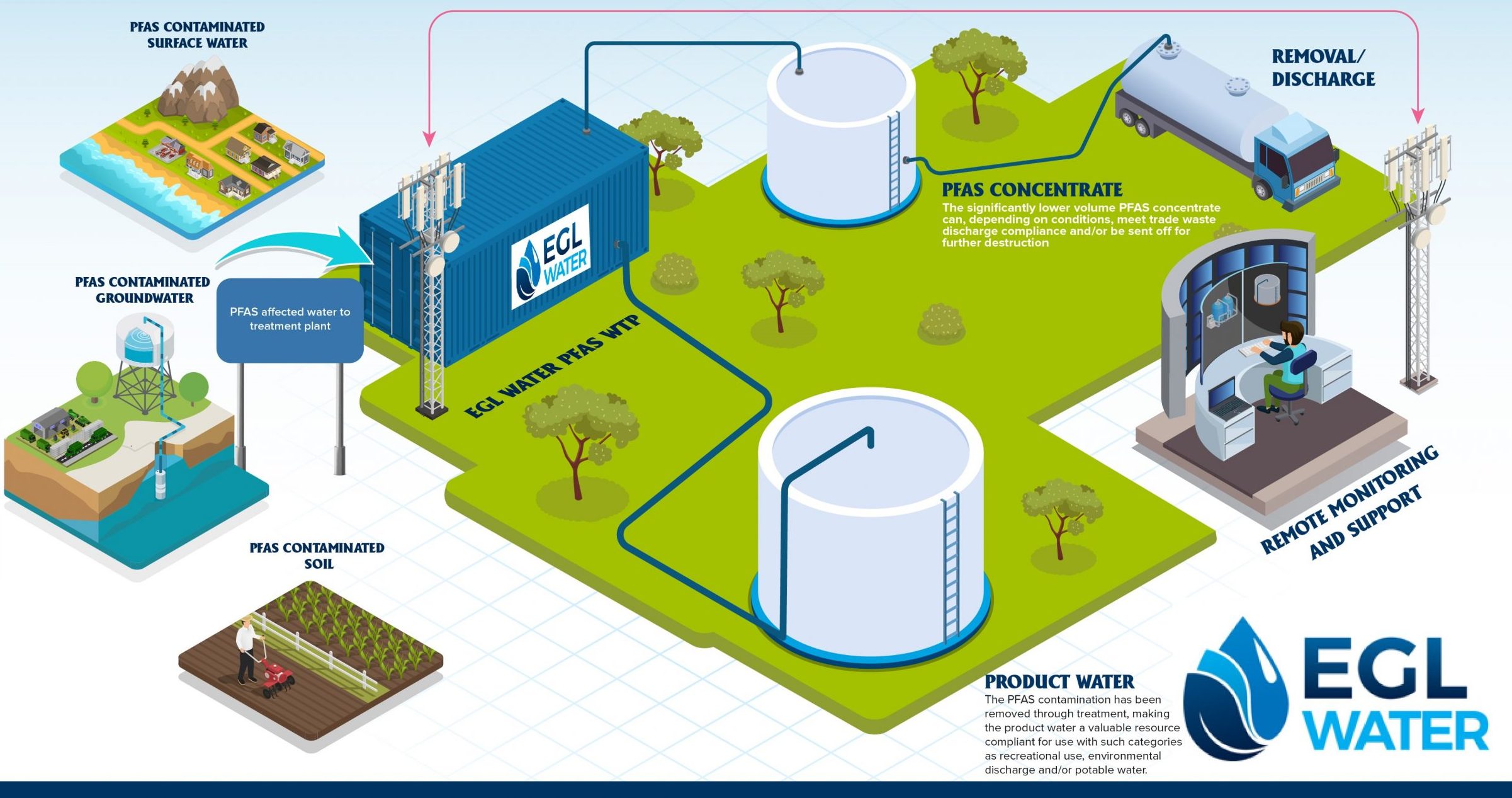Your Guide to PFAS Therapy Technologies and Perks
The occurrence of PFAS contamination in water sources requires a comprehensive understanding of offered treatment modern technologies. Numerous methods, such as triggered carbon filtration, ion exchange systems, and progressed oxidation procedures, present distinct benefits in resolving these persistent toxins. Each modern technology not just targets particular PFAS compounds but likewise plays a critical role in boosting overall water high quality and protecting environmental stability. As communities grapple with the ramifications of PFAS exposure, the choice of a proper treatment method becomes increasingly essential, motivating a closer examination of these innovations and their particular advantages.
Understanding PFAS Contamination
Recognizing PFAS contamination is essential for addressing its prevalent effect on environmental and human wellness (m270 pfas treatment). Per- and polyfluoroalkyl substances (PFAS) are a group of synthetic chemicals widely made use of in numerous industrial and customer products due to their water- and grease-resistant buildings. Frequently located in firefighting foams, non-stick cookware, and water-repellent materials, PFAS have gotten in the setting with production procedures, wastewater discharges, and seeping from land fills
When released, these substances continue in the setting, leading to prevalent contamination of soil and water sources. Their unique chemical framework, defined by solid carbon-fluorine bonds, provides them resistant to degradation, resulting in a phenomenon called "permanently chemicals." PFAS can gather in the human body and the food chain, possibly causing adverse health and wellness results, including immune system interruption, developmental issues, and an enhanced risk of certain cancers.
Governing firms and wellness organizations are increasingly identifying the importance of PFAS contamination, triggering initiatives to keep an eye on, examine, and reduce its results. Recognizing the pathways of PFAS contamination is important for informing public policy and establishing effective strategies to shield both ecological and human health and wellness.
Review of Treatment Technologies
Numerous treatment modern technologies have actually been created to attend to the challenges posed by PFAS contamination in water and soil. These modern technologies can be extensively identified into a number of classifications, each with its distinct mechanisms and effectiveness in getting rid of PFAS compounds.
One prominent approach is ion exchange, which utilizes resin products to record and remove PFAS from contaminated water. This technique is especially effective for short-chain PFAS and can accomplish significant reductions in focus levels. An additional technology, advanced oxidation procedures (AOPs), utilizes strong oxidants and ultraviolet light to damage down PFAS into much less hazardous substances. AOPs are ideal for treating a large range of PFAS compounds yet might require mindful optimization to optimize effectiveness.

Triggered Carbon Filtering
Activated carbon purification is a widely made use of method for the elimination of PFAS from contaminated water, understood for its ability to adsorb a wide array of organic substances. This technology uses triggered carbon, a very permeable product with a substantial area, which assists in the binding of PFAS molecules with physical adsorption. The efficiency of activated carbon in eliminating PFAS is affected by numerous elements, including the sort of carbon made use of, the get in touch with time, and the focus of PFAS in the water.
Among the benefits of turned on carbon filtration is its versatility; it can be executed in various setups, such as granular activated carbon (GAC) systems or powdered triggered carbon (POLITICAL ACTION COMMITTEE) systems. GAC systems are generally employed in larger-scale applications, while PAC can be made use of in smaller or temporary configurations. The modern technology is fairly easy to operate and keep, making it obtainable for many water treatment facilities.

Ion Exchange Systems
Ion exchange systems stand for an additional reliable technique for the elimination of PFAS from polluted water, enhancing techniques like triggered carbon filtration. These systems operate the concept of trading ions in the water with ions held on a resin product. Ion exchange materials can be particularly created to target the negatively billed PFAS substances, effectively recording them and enabling cleaner water to travel through.
One of the main benefits of ion exchange systems is their capacity to get rid of a wide variety of PFAS, including both long-chain and short-chain variations. This flexibility makes them suitable for different applications, ranging from local water therapy to industrial processes. Additionally, ion exchange systems can frequently attain reduced discovery limitations for PFAS contrasted to some various other therapy approaches, thus improving water quality.
Nevertheless, it is vital to check and handle the regrowth of ion exchange media, as the efficiency can decrease with time because of saturation. Correct maintenance and substitute of the resin are critical for sustaining the system's efficiency. In general, ion exchange systems supply a trusted and efficient service for PFAS elimination, contributing dramatically to secure alcohol consumption water criteria and environmental management.
Advanced Oxidation Processes
Advanced Oxidation Processes (AOPs) make use of powerful oxidants to properly weaken PFAS substances in contaminated water. These innovative therapy techniques create very responsive types, such as hydroxyl radicals, that can damage down intricate PFAS particles into less hazardous byproducts. m270 pfas treatment. AOPs typically use mixes of ultraviolet (UV) light, ozone, hydrogen peroxide, or Fenton's reagent, improving the oxidation possibility and improving deterioration effectiveness
The primary advantage of AOPs hinges on their capability to target a broad range of PFAS compounds, consisting of both long-chain and short-chain variants. This versatility linked here is essential, as PFAS contamination usually involves mixes of different compounds with differing chemical structures. Moreover, AOPs can be incorporated into existing water therapy systems, making them a sensible service for many districts and sectors.
However, the execution of AOPs can be resource-intensive, needing careful consideration of functional expenses and energy consumption. Furthermore, while AOPs work in breaking down PFAS, they might not completely eliminate all by-products, necessitating more treatment steps - m270 pfas treatment. Overall, AOPs stand for a promising opportunity for dealing with PFAS contamination, adding to cleaner water resources and boosted public wellness security

Final Thought
By choosing the appropriate modern technology, communities can improve water top quality, safeguard public health, and minimize the ecological risks linked with PFAS direct exposure. Proceeded research study and application of these approaches are crucial for efficient administration of PFAS contamination in impacted locations.